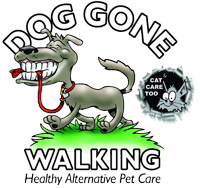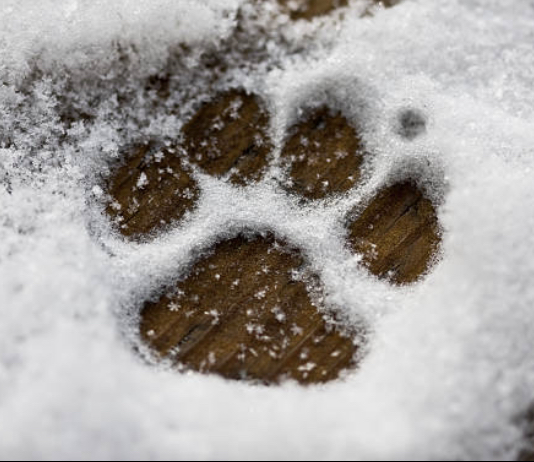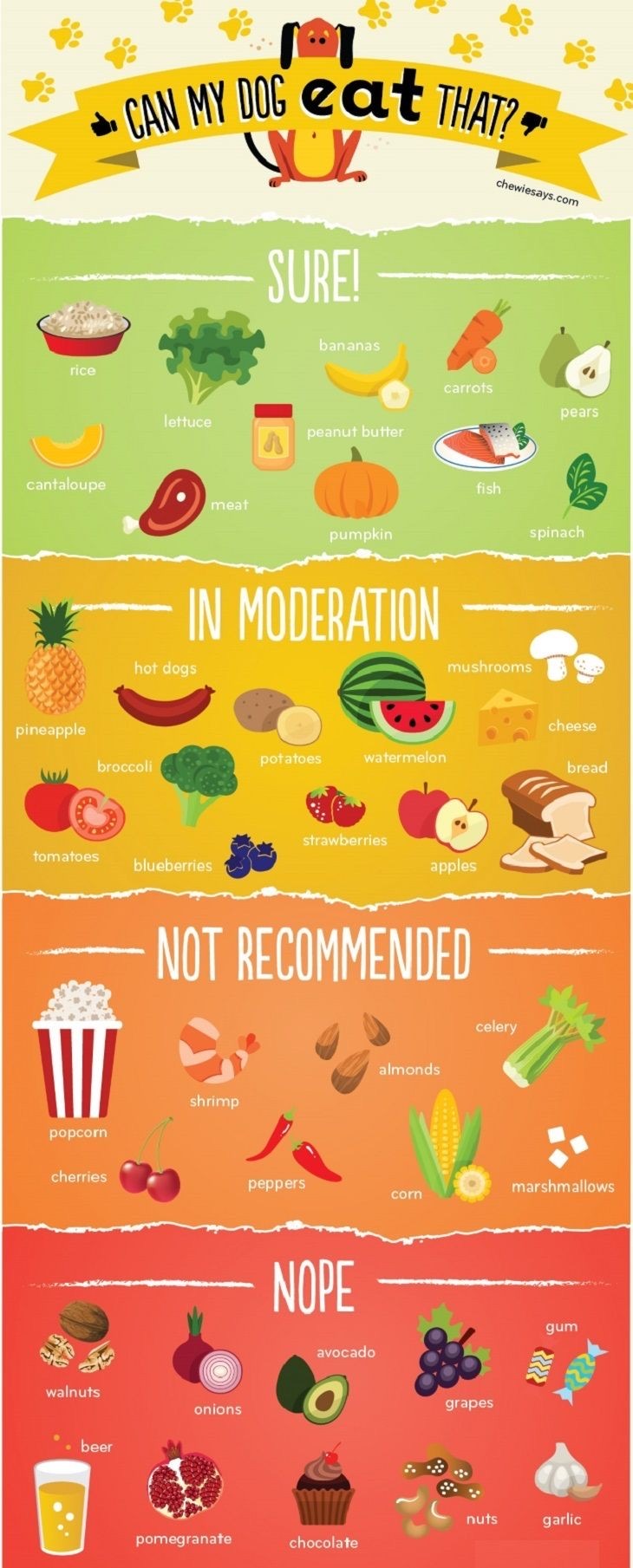You may have heard -February is Pet Dental Health Month and sometimes things can get a little confusing in the world of pet ownership, so we gathered up a few of the most common dental questions in one spot – and then found all the answers! Take a read below…
What is this Periodontal Disease I keep hearing about, and is it really that scary?
Dental disease is a HUGE deal. Periodontal (gum) disease is the number one diagnosed problem in dogs and cats. By the age of just two, 80% of dogs and 70% of cats have some form of periodontal disease. In addition, 10% of dogs have a broken tooth with pulp (nerve or root canal) exposure. This is extremely painful until the nerve dies, at which point the tooth becomes infected! Infectious oral diseases affecting the gums and root canals create systemic bacteremia (bacteria in the blood stream, which can infect other parts of the body). Periodontal inflammation and infection have been linked to numerous problems including heart attacks, strokes, kidney disease, emphysema, liver disease, osteoporosis, pregnancy problems and diabetes. Therefore, oral infectious diseases are known as “the silent killer.”
My dog eats hard kibble, isn’t that enough to clean his teeth?
NO! This is a myth, which came about from the surface of the teeth being slightly cleaner in pets fed dry food. Typical dry food does not protect against periodontal disease. This relates to the root cause of periodontal disease, which is subgingival plaque (plaque below the gumline). Supragingival (above the gumline) plaque accumulates and causes local changes in the gum tissue that allow attachment and growth of subgingival bacteria, however after this has occurred; supragingival plaque has little to no effect on periodontal disease. Traditional dry foods break apart at the tip of the tooth and have little to no dental benefit.
There are specially formulated and processed dental foods that effectively clean a pet’s teeth as the pet chews and are an excellent adjunct to routine tooth brushing, however these brands are likely found only at your vet’s office.
I already brush my dog’s teeth…do I really need to care for my cat’s teeth, too?
The simple answer is yes. While you may not need to manually brush your cat’s teeth each day, keeping their dental health in mind is as important as your dog’s. The key thing to remember is that both cats and dogs need regular professional veterinary dental care once they reach middle age. Overall each need the same components of care, however since they have unique health care concerns and anatomy, it’s important they are in the care of a vet who is experienced and able to identify specific disease in different species, such as feline tooth resorption, feline stomatitis, or different types of oral cancers.
What can my dog chew on that will be safe for their teeth?
There is a fine line between being too easy to chew up and swallow, and being too hard, possibly damaging the teeth. Many commercial chew toys are far too hard and can break the chewing teeth. There are two guidelines we recommend using:
- If you cannot make an indentation in it with a fingernail, the treat or toy is too hard.
- If it would hurt to hit yourself in the knee with it, the treat or toy is too hard.
Pets who are prone to quickly swallowing large pieces of chew toys should be monitored during their use, to avoid an obstruction.
How can I tell if my pet has gum disease?
The only way to be sure whether or not your pooch has dental issues, is to schedule an appointment with your veterinarian. However, it’s not a bad idea to take a peek ‘under the hood’ every now and then.
Start with some of the basics:
Does your dog or cat have bad breath?
Does your pet shy away from you when touch their mouth area?
Does you pet drool excessively or drop food from his or her mouth?
Have you noticed any bleeding from your pet’s mouth?
Have you noticed a loss of appetite or weight loss?
If your pet will allow it, gently open its mouth and look inside. Look for the warning signs of gum disease – red and swollen gums, a yellow-brown crust of tartar around the gumline, and pain or bleeding when you touch the gums or mouth. Also look for discoloration and tartar or missing, loose or broken teeth.
Hopefully this clears up some of the common confusion around caring for your pet’s oral health! Remember, you love them like family, so treat them like family! 🙂






